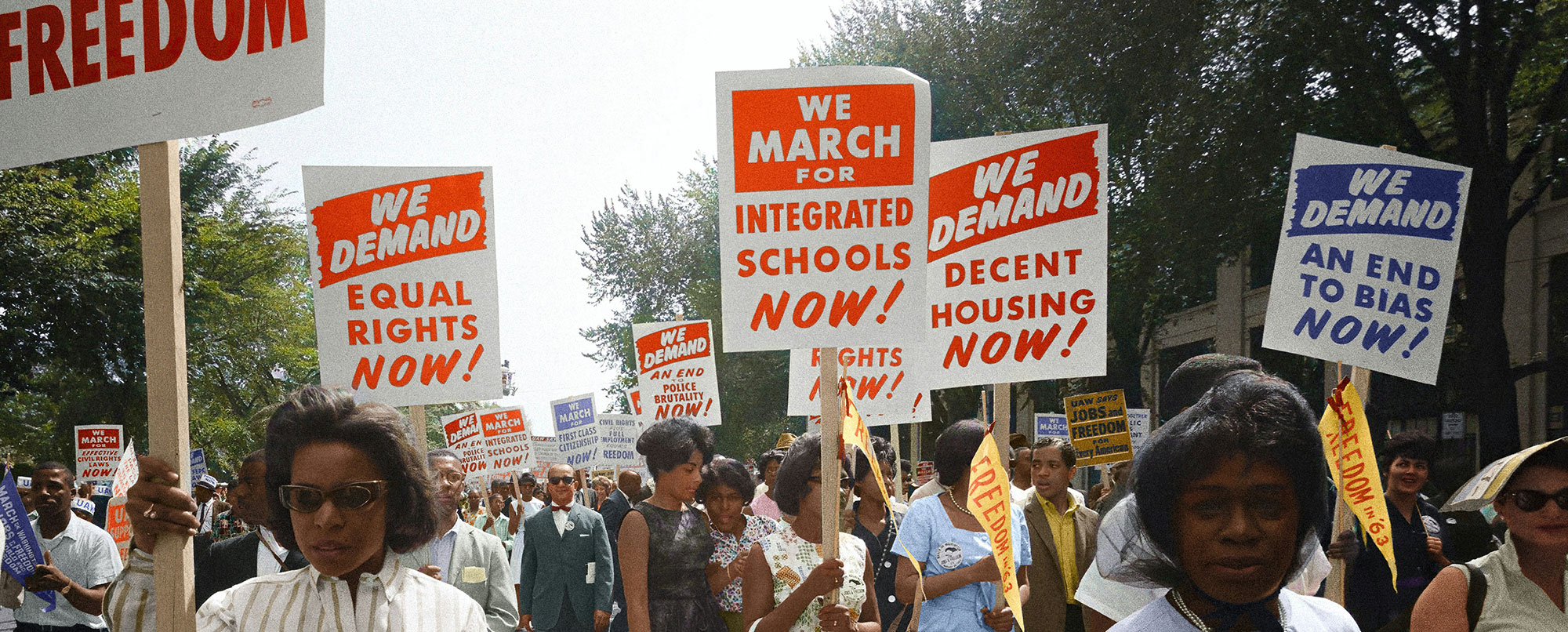This page contains resources that are suitable for the teaching of issues and themes of Civil Rights Movement in America. Resources are arranged by topic followed by the key personalities of Martin Luther King and Rosa Parks.
Introduction to the Civil Rights Movement
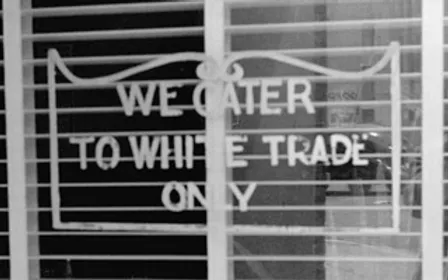
Article | Introduction to the Civil Rights Movement | Khan Academy
Learn about the origins, strategies, and unfinished business of the Civil Rights Movement in the United States.
Resource | Record of Rights | National Archives
Online exhibition charting the evolution of rights of various groups of Americans.
Resource | The Civil Rights Movement in America | BBC KS3 Bitesize
Introduction and overview of the themes and events of the Civil Rights Movement in America.
Lesson plan | The Green Book: African American Experiences of Travel and Place in the U.S. | EDSITEment
This inquiry-based lesson combines individual investigations with whole or small group analysis of primary sources and visual media to investigate the compelling question: How have the intersections of race and place impacted U.S. history and culture?
Resources | Teaching Mockingbird | Facing History and Ourselves
Videos and classroom activities that provide historical context in order to help students better understand the setting and the perspectives of characters in the To Kill a Mockingbird novel.
Video | US Civil Rights | Corrymeela
In 2018, Corrymeela was privileged to host US Civil Rights Activists, Dr Sybil Hampton and Dr Rip Patton who shared their testimony with young people, educators and members of the public.
Resources | Teaching Strategies | Facing History and Ourselves
Use these student-centred teaching strategies to strengthen your students’ literacy skills, nurture critical thinking, and create a respectful classroom climate.
School Segregation and Integration
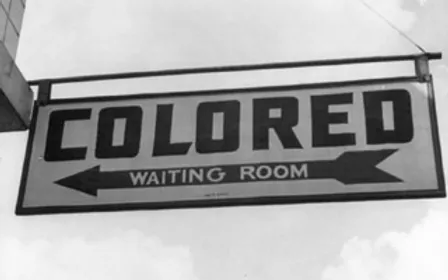
Resource | Brown v. Board (school desegregation) resources | Smithsonian & EDSITEment
Collection of articles, website, portraits and objects that focus on Brown v. Board of Education, a landmark Supreme Court case that declared segregation in public schools unconstitutional.
Article | Brown v. Board of Education of Topeka | Khan Academy
Learn about the Supreme Court ruling that outlawed school segregation in the United States.
Article | “Massive Resistance” and the Little Rock Nine | Khan Academy
Read about resistance to desegregation and the nine African American students who dared to integrate Little Rock’s Central High School.
Video | Eyes on the Prize: Fighting Back (1957–1962) | PBS on YouTube
Episode 2 of “Eyes on the Prize: America’s Civil Rights Movement” traces the African American community’s rejection of “separate but equal” education.
Resource | Eyes on the Prize: America’s Civil Rights Movement 1954-1985 | Facing History and Ourselves
The purpose of this series of lessons is to look at one particular approach to responding to injustice: the strategy of nonviolence.
Resource | Choices in Little Rock | Facing History and Ourselves
Choices in Little Rock is a teaching unit that focuses on efforts to desegregate Central High School in Little Rock, Arkansas, in 1957.
Article | School Segregation and Integration | Library of Congress
Article features links to video clips of activists who discuss their experiences of School Segregation and Integration
Emmett Till
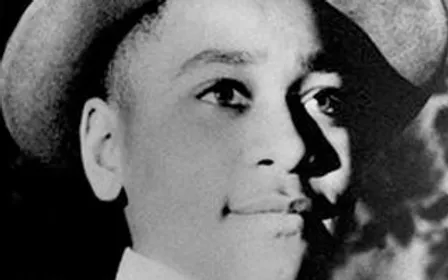
Video Clip | Murder of Emmett Till | NBC Voices of the Civil Rights Movement on YouTube
Short Video clip exploring the abduction and murder of Emmett Till, 14. Till’s story rocked the nation and brought to the fore the South’s unceasing racial violence.
Article | Emmett Till | Khan Academy
Read about the brutal murder of a fourteen-year-old boy that became a rallying point for the Civil Rights Movement.
Article | The Murder of Emmett Till | Library of Congress
Article features links to video clips of activists who discuss their memories of the abduction and murder of 14 year old Emmett Till.
Video | Eyes on the Prize: Awakening 1954-56 | PBS on YouTube
Episode 1 of “Eyes on the Prize: America’s Civil Rights Movement” focuses on the early years of struggle for black freedom, including the lynching of Emmett Till and the Montgomery Bus Boycott.
Resource | Eyes on the Prize: America’s Civil Rights Movement 1954-1985 | Facing History and Ourselves
The purpose of this series of lessons is to look at one particular approach to responding to injustice: the strategy of nonviolence.
The Montgomery Bus Boycott
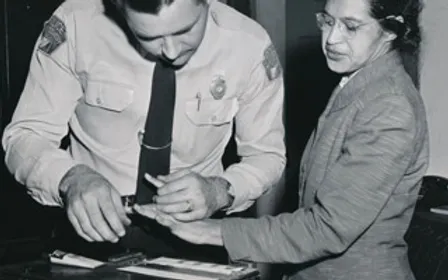
Video Clip | Bet You Didn’t know- Rosa Parks | History Channel YouTube
Did you know Rosa Parks wasn’t the first African-American woman to refuse to give up her seat?
Video Clip | Rosa Parks Ride to Justice | United States Court
Video clip explores segregation on transport and Rosa Parks’ refusal in 1955 to give up her seat on a segregated city bus in Montgomery
Resource | Freedom Rides | Smithsonian & EDSITEment
The Freedom Riders were civil rights activists who, in 1961, rode interstate buses to the segregated Southern U.S. to challenge the non-enforcement of Supreme Court decisions that ruled segregated buses unconstitutional.
Video | Eyes on the Prize: Awakening 1954-56 | PBS on YouTube
Episode 1 of “Eyes on the Prize: America’s Civil Rights Movement” focuses on the early years of struggle for black freedom, including the lynching of Emmett Till and the Montgomery Bus Boycott.
Resource | Eyes on the Prize: America’s Civil Rights Movement 1954-1985 | Facing History and Ourselves
The purpose of this series of lessons is to look at one particular approach to responding to injustice: the strategy of nonviolence.
The March on Washington for jobs and freedom
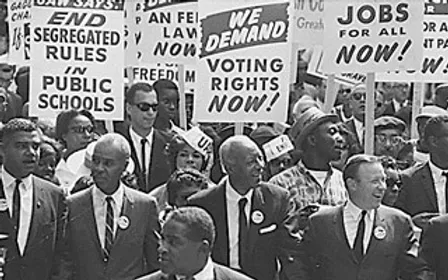
Video Clip | Bet you didn’t Know March on Washington | History Channel YouTube
Find out how Martin Luther King’s “I Have a Dream” speech became an impromptu addition to the March on Washington
Video Clip | Martin Luther King, Jr.’s “I Have A Dream” Speech | History Channel YouTube
Learn about the political and social context behind Martin Luther King, Jr.’s famous “I Have A Dream” speech, the rhetorical devices that helped its concepts resonate, and its effect on the broader Civil Rights Movement.
Video Clip | March on Washington | BBC Class clips
Short video clip exploring the cause and effect of the 1963 March on Washington.
Resource | The March on Washington | Library of Congress
Article features links to video clips of activists who discuss their experiences of the March on Washington.
Activity |We Shall Overcome: March on Washington | DocsTeach/ National Archives
Students will discover the reasons behind the March on Washington and analyze the impact and consequences on the Civil Rights Movement in the United States.
Bombing of the 16th Street Baptist Church
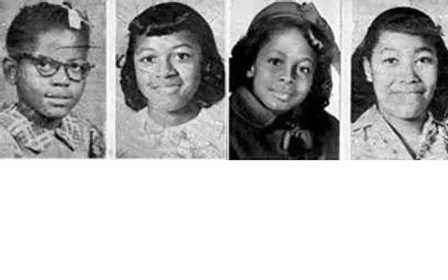
Article | 16th Street Baptist Church Bombing (1963) | NPS
Video Clip | Remembering the Birmingham Church Bombing | Smithsonian Magazine
A former Freedom Rider describes what it was like walking among the rubble of the 16th Avenue Baptist Church
Video Clip | The Bombing of the 16th Street Baptist Church | Voices of the Civil Rights Movement NBC YouTube
Four black girls, aged 11 to 14, were killed when white supremacists bombed Montgomery’s 16th Street Baptist Church.
Resource | The 16th Street Baptist Church Bombing: The Response from the Whitehouse | JFK Librray and Museum
In this lesson plan, students act as civil rights advisors to the president.
The Civil Rights Act of 1964 & Voting Rights Act of 1965
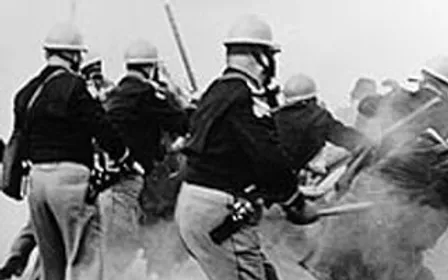
Resources | Freedom Summer | History Channel
Over ten weeks in the summer of 1964, more than 700 students in Mississippi joined with organisers and local African Americans in an effort to bring an end to segregation
Resources| Civil Rights Act 1964 | History Channel
Lead-up and legacy of the passing of the Civil Rights Act in 1964.
Lesson plan | Picturing Freedom: Selma-to-Montgomery March, 1965 | Edsitement
In this lesson, students learn about the Selma-to-Montgomery voting rights march.
Resources | Selma-Montgomery March | History Channel
Causes and effects of the Selma to Montgomery march
Article | The Civil Rights Act of 1964 and the Voting Rights Act of 1965 | Khan Academy
Learn about the civil rights legislation that outlawed discrimination in jobs, education, housing, public accommodations and voting.
Dr Martin Luther King Jr.
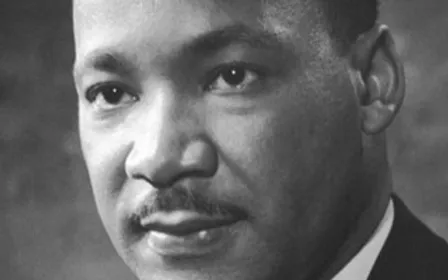
Lesson Plan | Martin Luther King, Jr. and Nonviolent Resistance | Edsitement
By examining King’s famous essay in defense of nonviolent protest, along with two significant criticisms of his direct action campaign, this lesson will help students assess various alternatives for securing civil rights for black Americans in a self-governing society.
Video Clip | Martin Luther King, Jr.’s “I Have A Dream” Speech | History Channel YouTube
Learn about the political and social context behind Martin Luther King, Jr.’s famous “I Have A Dream” speech, the rhetorical devices that helped its concepts resonate, and its effect on the broader Civil Rights Movement.
Lesson Plan | Dr. King’s Legacy and Choosing to Participate | Facing History and Ourselves
In this lesson, students will examine the final speech delivered by Dr. Martin Luther King Jr. on April 3, 1968 in Memphis, Tennessee.
Lesson Plan | Let Freedom Ring: The Life & Legacy of Martin Luther King, Jr. | Edsitement
In this lesson, students will learn about the life and work of civil rights leader Martin Luther King, Jr.
Resource | Martin Luther King Jr.: The Later Years (1965 – 1968) | National Museum of African American History and Culture
This Learning Lab highlights documents, images, objects, and media from the National Museum of African American History and Culture and other Smithsonian units that help to tell the story of Martin Luther King Jr.’s final years, his assassination, and his enduring legacy
Rosa Parks
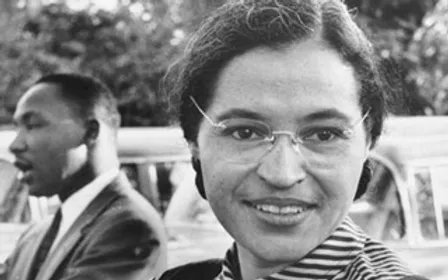
Article | Rosa Parks biography | National Women’s History Museum
Biography of Rosa Parks, the pioneering Civil Rights activist.
Video Clip | Rosa Parks Ride to Justice | United States Court
Video clip explores segregation on transport and Rosa Parks’ refusal in 1955 to give up her seat on a segregated city bus in Montgomery
Video Clip | Bet You Didn’t know- Rosa Parks | History Channel YouTube
Did you know Rosa Parks wasn’t the first African-American woman to refuse to give up her seat?
Resource | Rosa and the Montgomery Bus Boycott | Smithsonian
A look at the Montgomery Bus Boycott through Rumbaugh’s sculpture of Rosa Parks.
Article | Women in the Civil Rights Movement | Library of Congress
Article with links to interviews with activists who discuss the role of women in the campaign for Civil Rights.
Activity | Examining where Rosa Parks sat | National Archives
In this activity, students will examine a diagram of the bus in which Rosa Parks took a seat.
Activity | Examining Rosa Parks’ Arrest Record | National Archives
This activity requires students to examine the arrest record of an un-named person.

